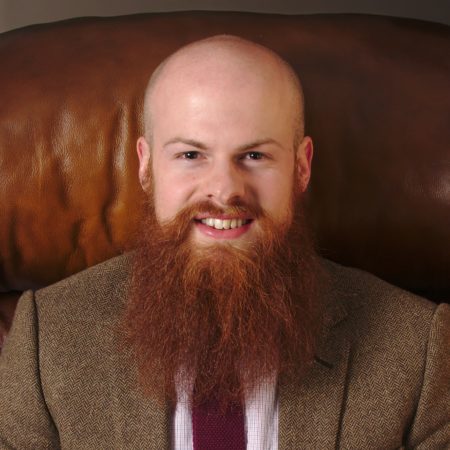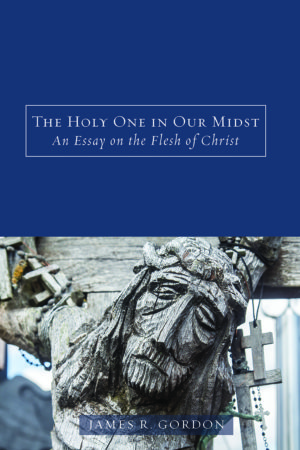Podcast: Play in new window | Download
Subscribe: Spotify | Email | RSS
 In modern times, Lutheran and Reformed theologians have argued about what the Lutherans dubbed the extra Calvinisticum.
In modern times, Lutheran and Reformed theologians have argued about what the Lutherans dubbed the extra Calvinisticum.
As Dr. James R. Gordon explains in this episode, this doctrine might as well be called the extra Patristicum, as it is arguably implied by the sort of “two natures” christology mandated by the council at Chalcedon in 451.
In this first part of our conversation about his book The Holy One in Our Midst: An Essay on the Flesh of Christ he explains a number of distinctions that recent analytic theologians have made, which represent decisions that someone must make in order to interpret the claim that Christ is “one person with two natures.”
He also explains what are in his view the right choices to make, as well as some objections to the resulting two-natures christology, what philosopher Tom Flint has called a Model A interpretation of traditional “two natures” language, a version of “compositionalism” about the Incarnation.
Links for this episode:
- Dr. Gordon’s home page
- The Holy One in Our Midst: An Essay on the Flesh of Christ

- Wheaton College Philosophy Department
- Cyril of Alexandria
- Athanasius of Alexandria
- Peter Lombard
- Isaak Dorner
- Sarah Coakley
- Trenton Merricks
- Thomas Flint
- Alfred Freddoso
- Brian Leftow
- essential vs. accidental properties
- Nestorianism
- monophysite
- This week’s thinking music is “Mai Tai Beach” by Little Glass Men.
